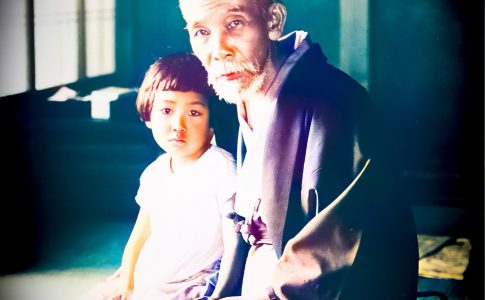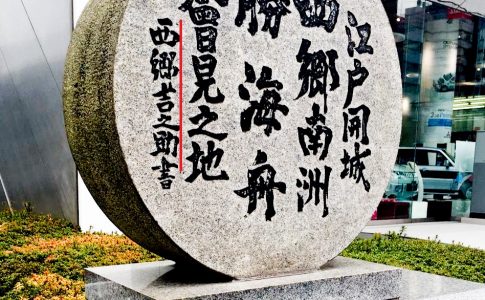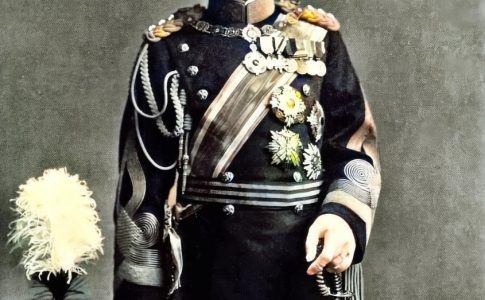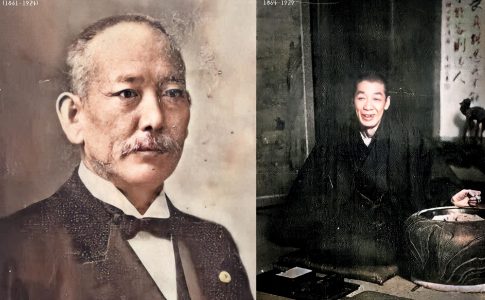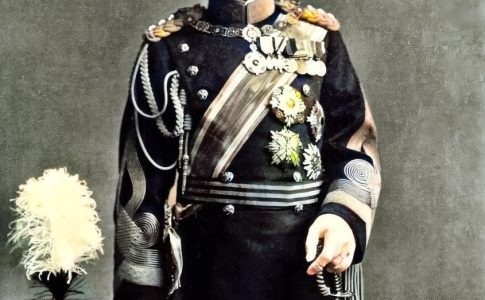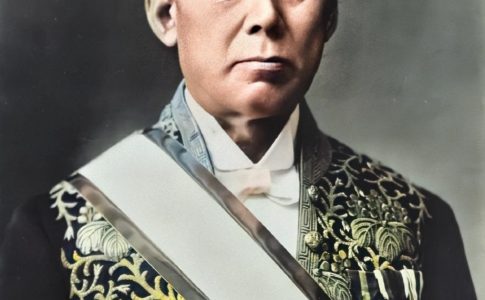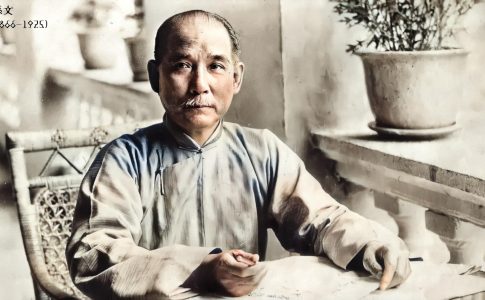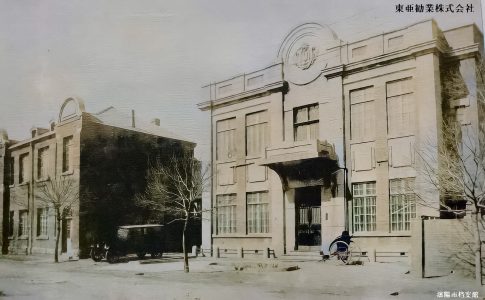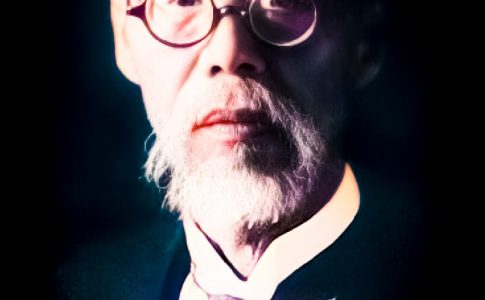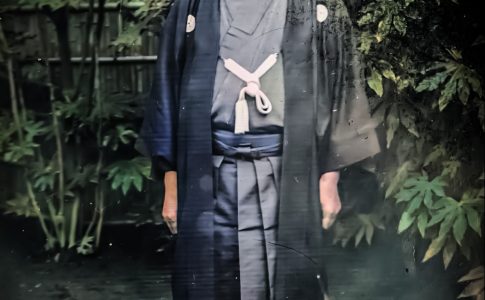Wednesday, April 20 1921: Michiko Inukai, grand daughter of Takeshi Inukai, was born.
1921 (Taisho 10) Wednesday, April 20: Critic Michiko INUKAI was born in Yotsuya, Shinjuku Ward. His grandfather was KMT leader Tsuyoshi INUKAI, who was assassinated 10 years later in the 515 Incident. His father, Takeru INUKAI, had a close relationship with the Shirakaba school as a writer at that time. Michiko INUKAI has lived with her grandfather since childhood and witnessed as many as 515 cases nearby. Tsuyoshi INUKAI especially adored his grandson, Michiko, and spent much of his later years with him. Michiko witnessed his grandfather Tsuyoshi INUKAI’s death at the age of 10 on the night of the 515 incident in her book ‘flowers and stars’. “I’m going...

